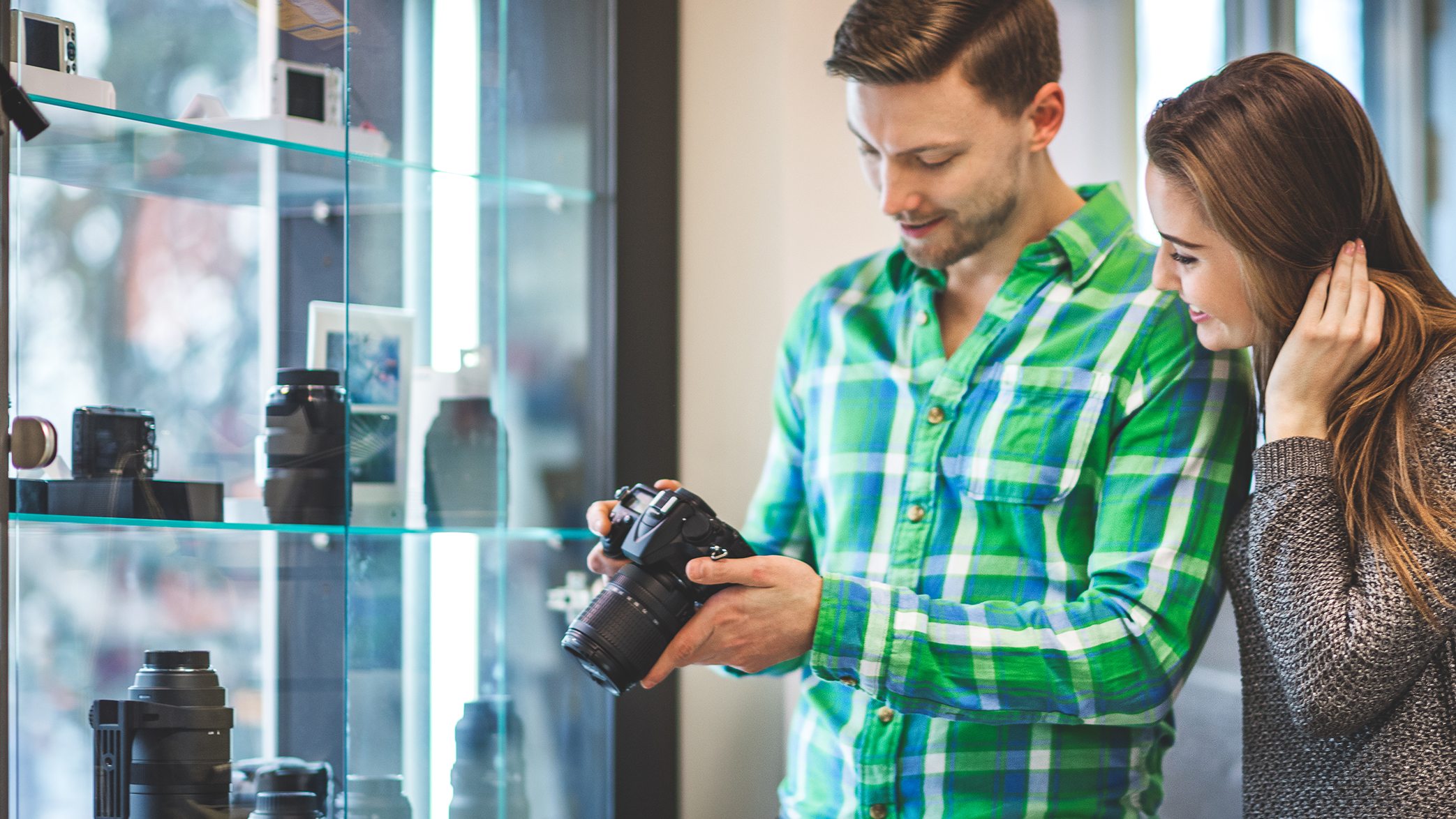
It’s no secret that photography can be an expensive hobby, especially when cameras like the Canon EOS R5 cost around $3,000 and that’s before we even consider the lenses. Buying second-hand camera equipment could therefore be a good route to go down if you’re looking to save some money on your next upgrade.
I’ve always been a savvy soul, so I can’t actually remember the last time I bought any brand-new camera kit, but that’s not to say there aren’t dangers when buying used equipment. In this article, I’ll run through the main things to look out for when buying second-hand kit so that you can avoid ending up with a lemon.
One thing to consider is where you’re buying your second-hand item from. If it’s online through a reputable store such as MPB or KEH, who specialize in used equipment, you will get a six-month warranty. Whereas if you buy from a private seller on Facebook Marketplace, you’ll likely have no recourse if you find a fault down the road, so you’ll need to make sure you do your due diligence before buying. Beware of scammers and check to see when user accounts were created on Facebook Marketplace. If they’re a relatively new account, then they’re likely to be a scammer and if an offer feels too good to be true, it usually is.
MPB specializes in selling second-hand camera equipment. I have bought many items through them in the past and am glad to report that I’ve always had a positive experience. I have also picked up the odd bargain on eBay, but the trick here is to find a reputable seller by checking their user score and recent feedback comments – if they have a low feedback score or negative comments, this should be an instant red flag.
If you’re setting off to look at a second-hand lens in person, don’t forget to take your camera with you so that you can thoroughly inspect it. Here are my top tips to consider when buying used cameras and lenses.
What to look for
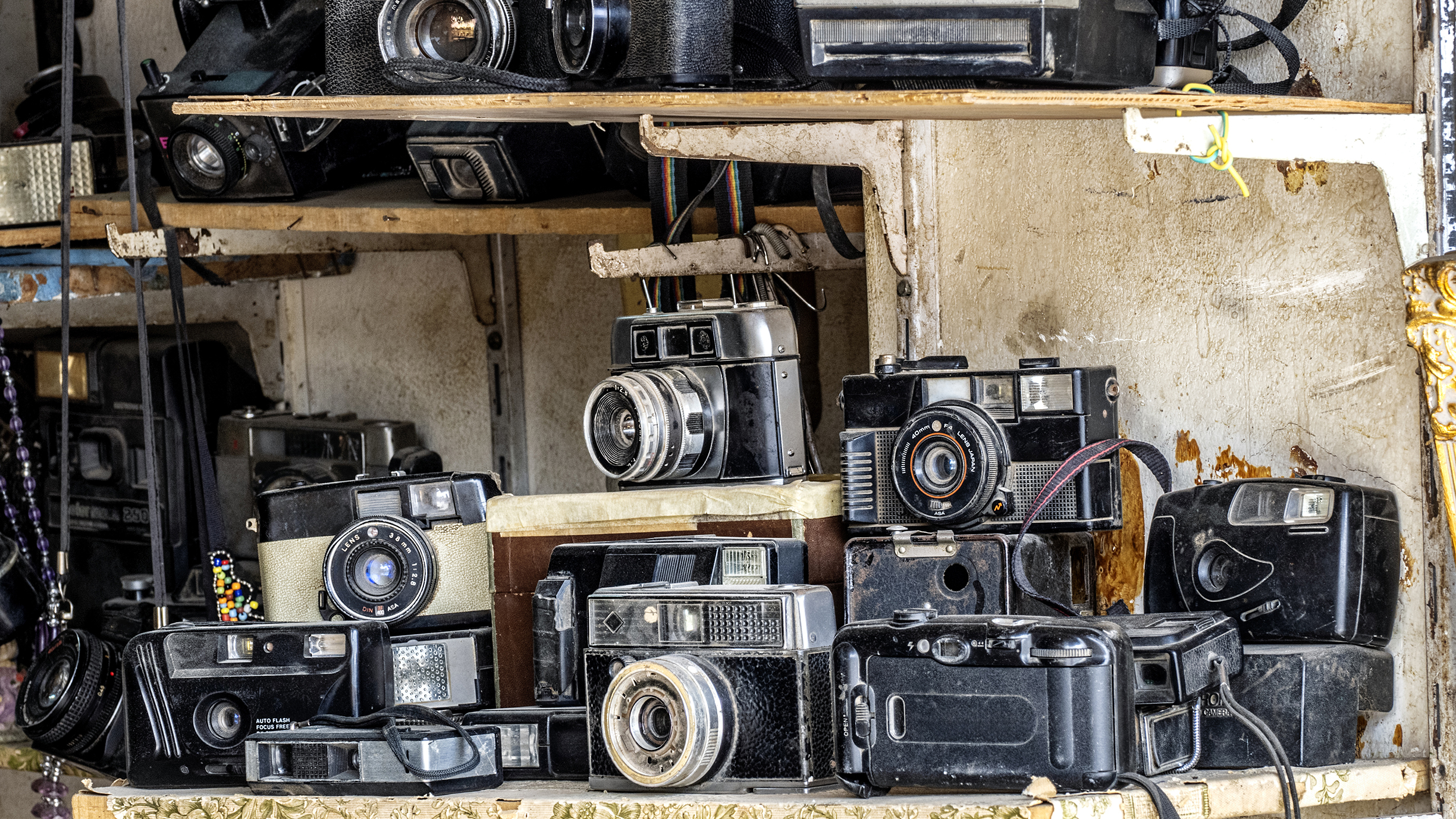
Let’s start off with the obvious things – look for any wear and tear around the lens or camera body. Is everything present or have bits of trim fallen off? Is it beaten up and been used professionally or is the LCD scratched or looking pristine? If the lens or camera does have signs of damage, try to assess whether this is superficial. Don’t worry if the sensor has dust spots as they can be cleaned easily, but take care if a lens or camera has serious dents or scratches as these could be an indication that it’s had a tumble.
- How to clean a camera sensor – without paying a specialist
Websites such as MPB and Wex usually do a pretty good job of showing the lens or camera from all sorts of angles so you can get a good look if you can’t see the item in person. It’s also worth using a serial number checker to check the legitimacy of your camera and to make sure it’s not a grey import or counterfeit.
In the past, we have seen people trying to pass the Canon EOS-1D X Mark II off as the similar-looking but more expensive Mark III model by taking off and replacing stickers and badges – so beware!
Check the shutter count
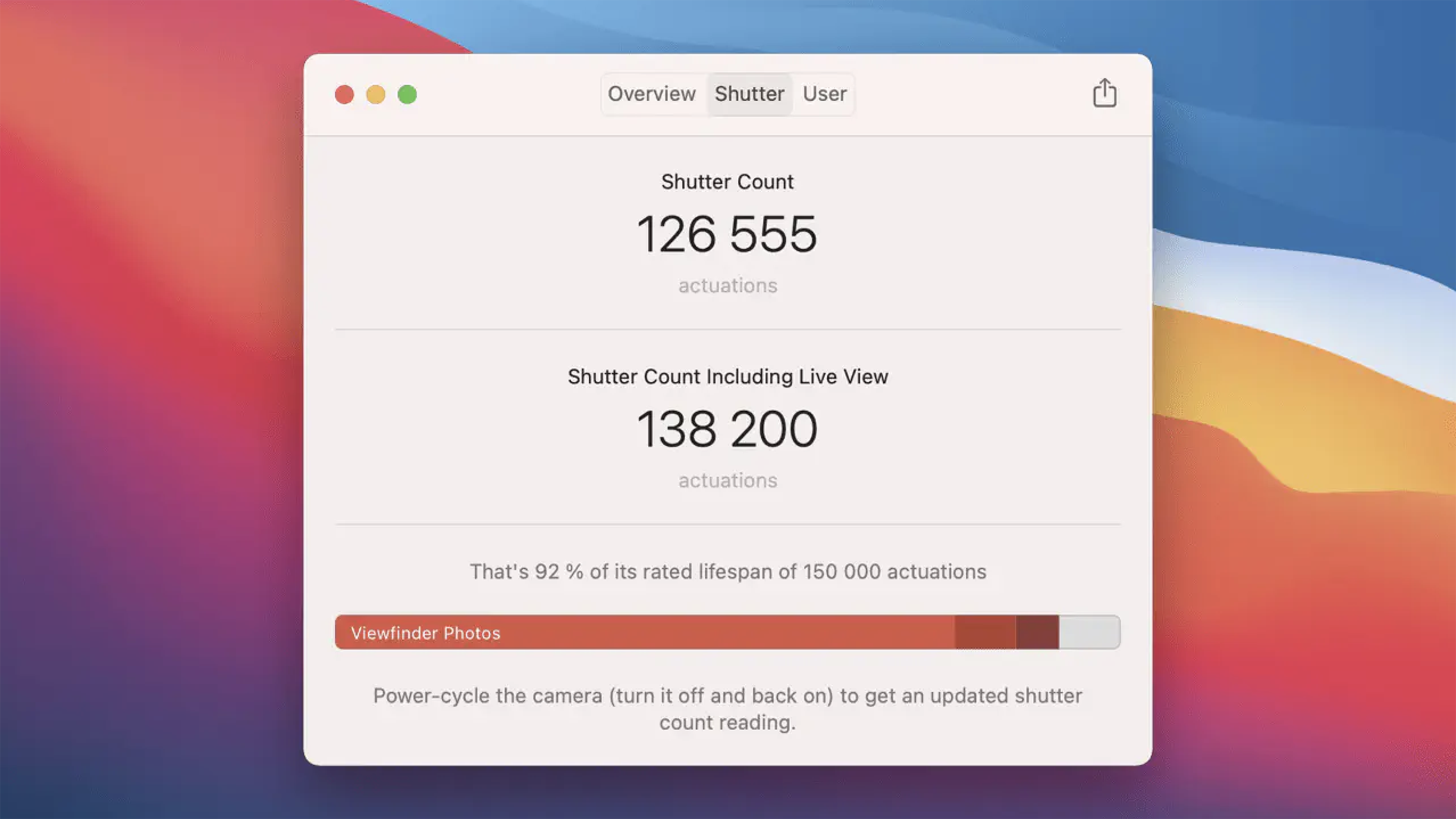
While Sony’s latest A9 III has a global shutter that negates the need for a mechanical one, most of us will still be relying on a mechanical shutter for the foreseeable future. Even mirrorless users will still need to use a mechanical shutter to avoid rolling shutter distortion. Unlike the electronic shutter, which takes a sensor readout, the mechanical shutter uses moving parts to expose the frame and therefore those parts have a lifespan (usually between 150,000 to 300,000 uses, depending on the model). You will want to check the shutter count of the second-hand camera you are buying to see how much life is left on it. Upload a picture to www.camerashuttercount.com or use an app like ShutterCheck to find out.
Check the battery condition
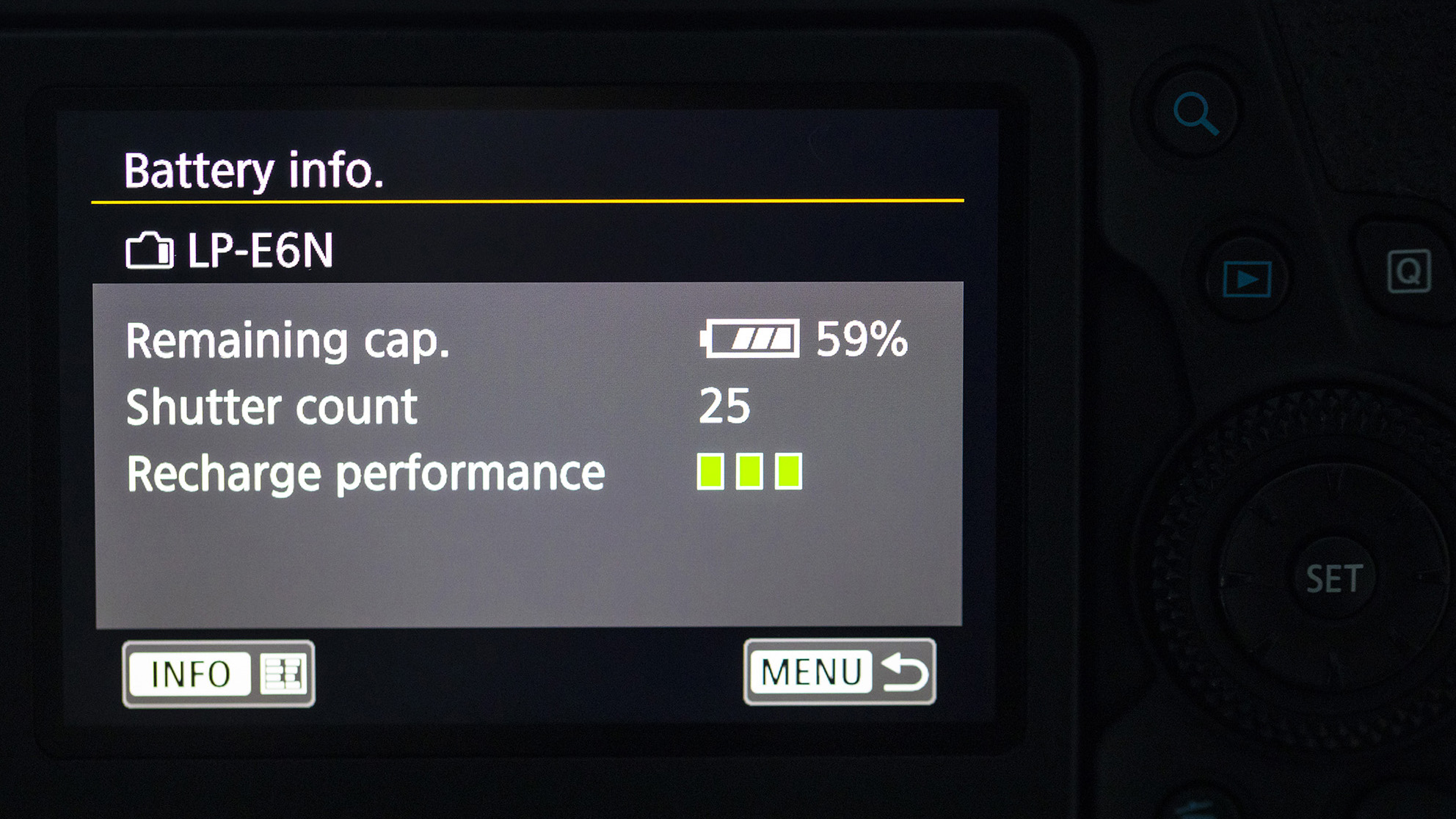
One aspect of buying a second-hand camera that is often overlooked is the condition of the battery. Over time, batteries can lose their charge, especially if they haven’t been taken care of properly. Buying a replacement battery can be expensive – the Canon LP-E6NH costs £114 or if you’re considering purchasing a pro Canon EOS-1D X series, its larger LP-E19 batteries will set you back £190.
It pays to spend a few minutes checking this detail on your potential purchase and you can do this on the menu of most cameras. On our Canon, pressing Menu > Battery Info revealed that the recharge performance was still strong. Be sure to repeat this step for all of the batteries that are bundled with your used camera.
- The best camera batteries: get a spare camera battery at the best price
Beware of lens fungus
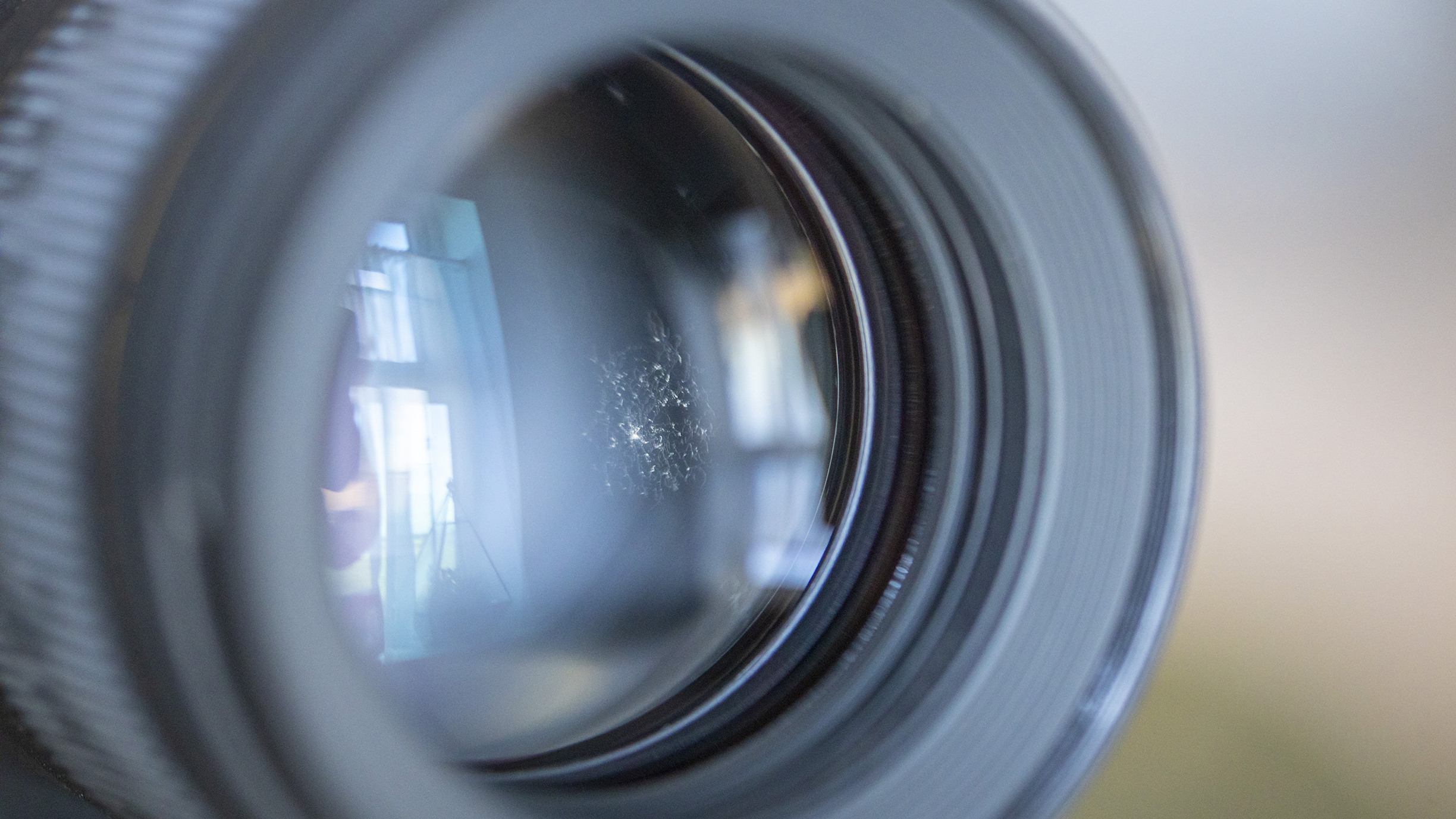
If lenses aren’t particularly well weather-sealed and are stored in a dark and damp place for extended periods, they can create the perfect environment for fungus spores to thrive inside. If you have a small amount of fungus on the rear or front elements (or UV filter), then you should be able to wipe it off relatively easily, but if left for prolonged periods, the glass can become stained and impossible to fix without replacing the glass elements. Unless you think the level of fungus is so low that it won’t noticeably affect the image quality, or you’re happy to part with some cash to get it professionally cleaned, then it’s usually best to steer clear. Take your time to thoroughly inspect the lens elements from both ends for any wispy or spider web-like fungus strands – it can be devilishly hard to spot.
What’s in the box?
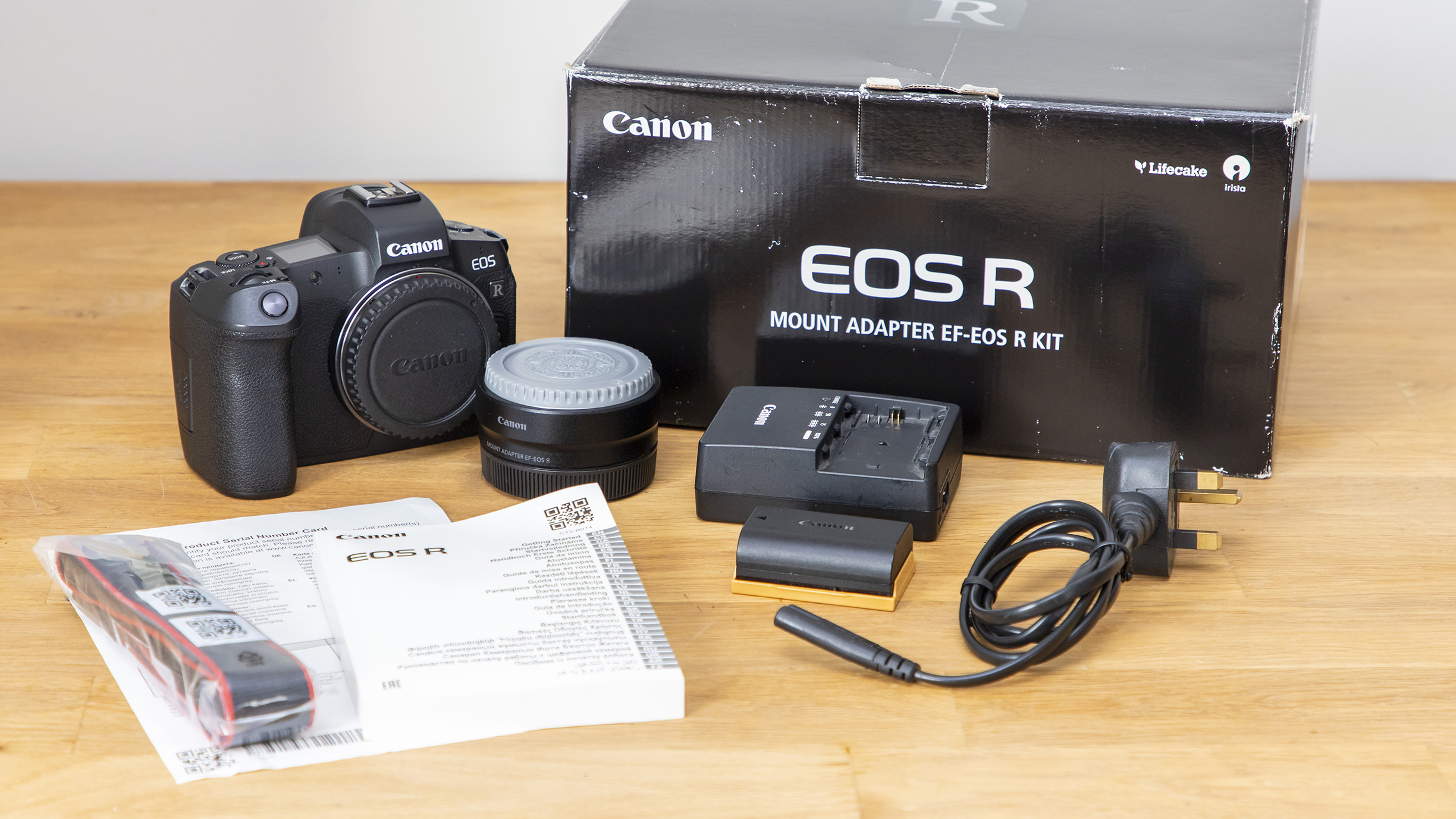
Cameras usually come with a box, charger, various cables and a manual, while for lenses, it’s usually a box, lens hood, front and rear caps – and sometimes a soft pouch or case for storage. Having as many of the original accessories as possible will help you retain the value of your kit if you sell it at a later date. The seller might also bundle in accessories such as lens filters, a spare battery or a memory card, all of which can help sweeten the deal. Don’t forget, if the item is missing some of those original accessories, you can use it as a bargaining point to try and get a better price.
Give lenses a road test
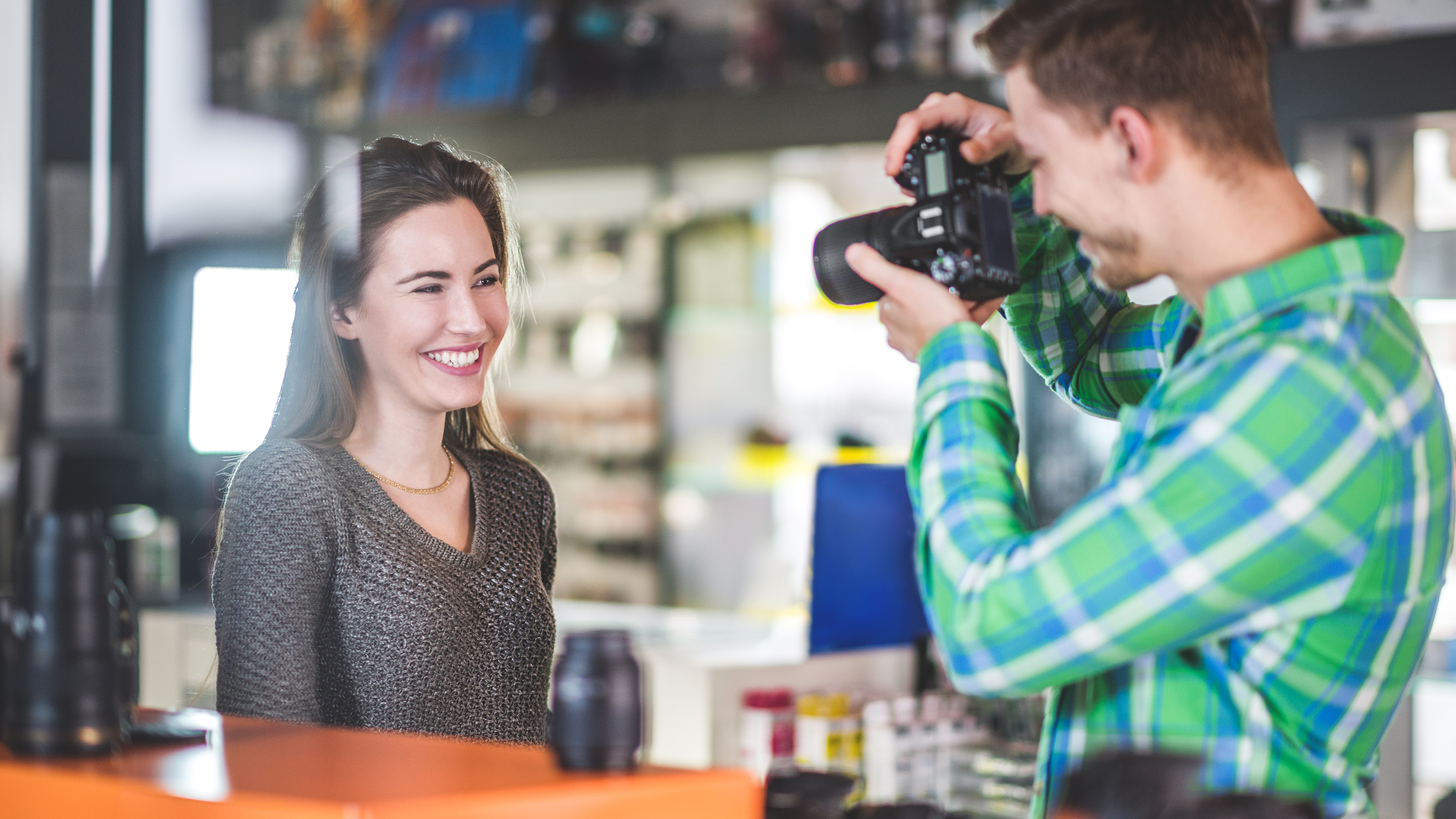
In addition to checking for fungus, there are some key checks you should make when looking at a used lens. Check that the focus and zoom rings feel smooth. If they are stiff or crunchy, this could be cause for concern and the lens may need servicing. Rubber parts of the lens such as focus and zoom rings can sometimes deteriorate over time and become sticky, leaving residue on your hands. These can usually be replaced fairly cheaply, but it’s another cost you may have to factor in.
Remove any filters attached and check the front and rear elements for scratches. It’s also worth checking the filter thread to make sure this is pristine so that you don’t have any issues when attaching a filter later on.
Take a few pictures at different apertures and look for soft spots that can develop if a lens has been dropped at any point. Also, make sure the AF and any image stabilisation are working properly. Finally, use the depth of field preview button on your camera to close the aperture down so you can see whether it is closing down smoothly.







